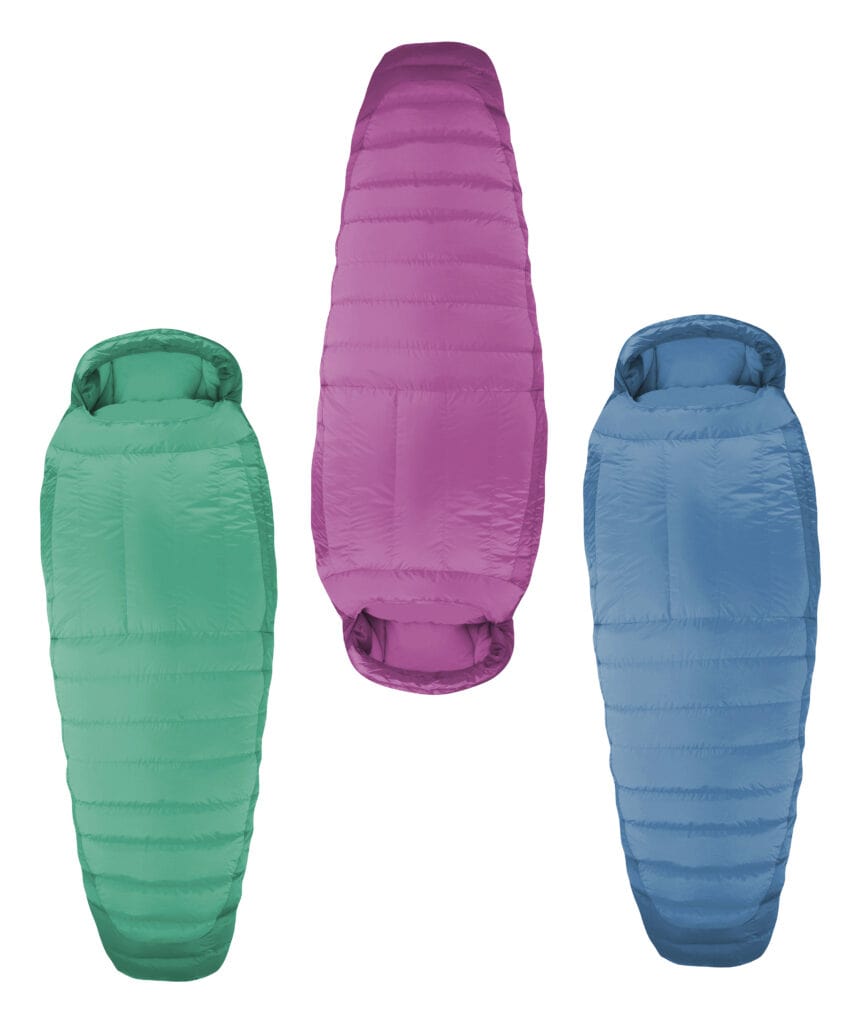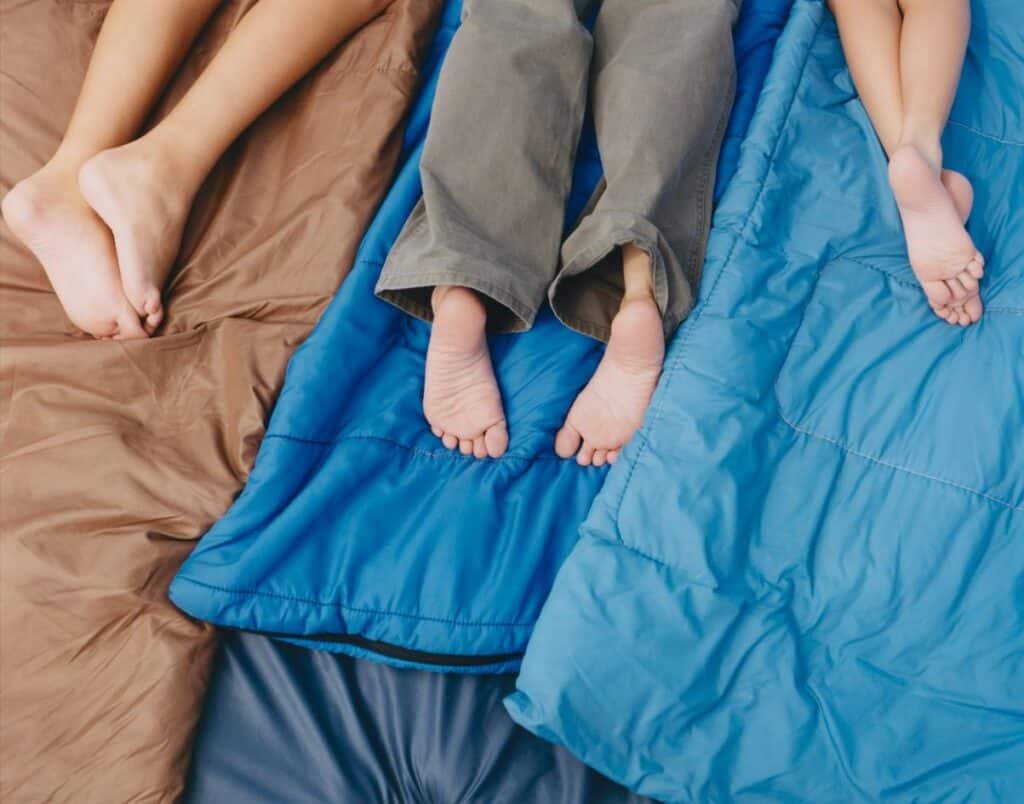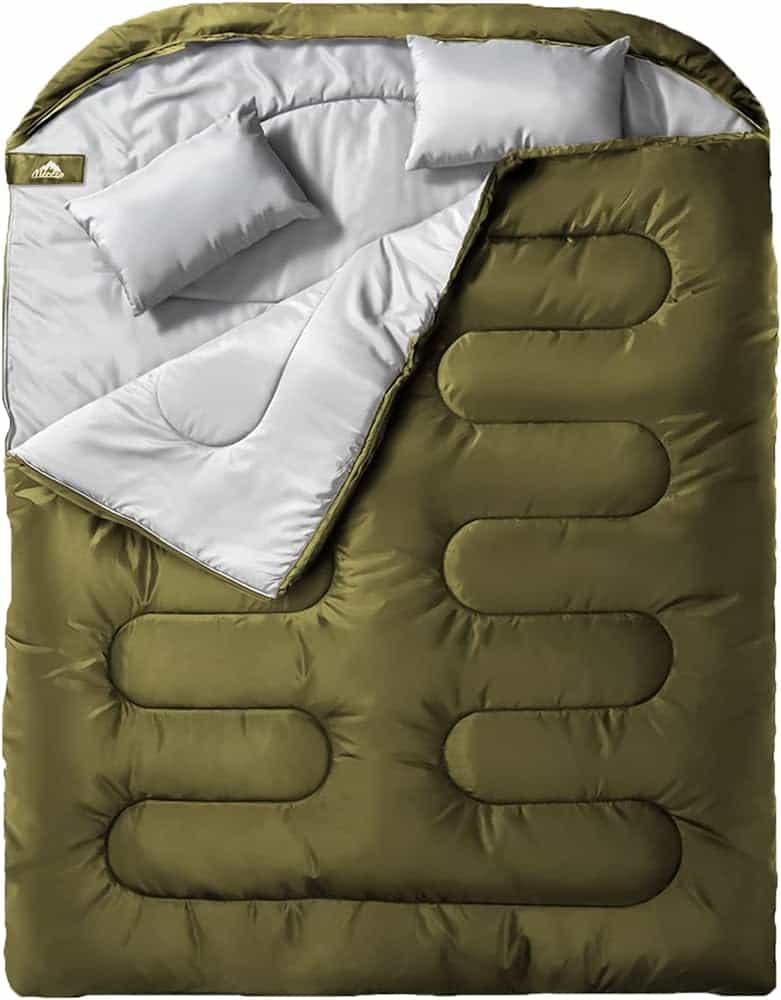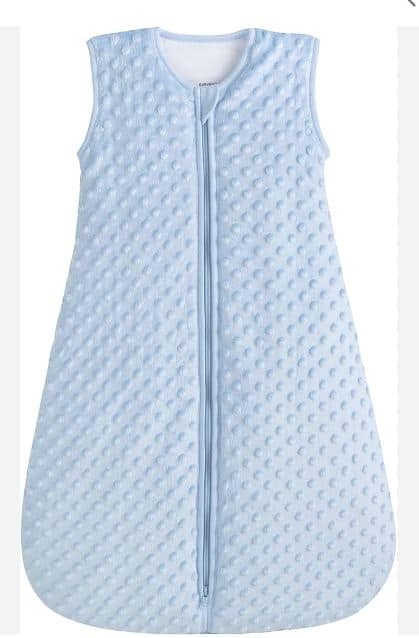Are you planning an exciting summer adventure but worried about finding the best sleeping bag to keep you comfortable at night? Look no further! In this article, we will guide you through the process of selecting the ultimate sleeping bag for all your outdoor escapades.
When it comes to summer camping, having a sleeping bag that delivers both comfort and performance is essential. Imagine waking up refreshed and energized, ready to tackle the day’s adventures. That’s exactly what the right sleeping bag can offer.
Whether you’re a casual camper or a seasoned outdoor enthusiast, we understand the importance of a good night’s sleep. That’s why we’ve carefully researched and tested various sleeping bags to identify the top options on the market. From innovative insulation technologies to lightweight and compact designs, we’ve got you covered.
With our expertise, we’ll help you navigate the sea of sleeping bag options and find the perfect fit for your specific needs. So, let’s get started and unleash the ultimate comfort for your summer adventures!
The Importance of Choosing the Right Sleeping Bag
When it comes to summer camping, having a sleeping bag that delivers both comfort and performance is essential. Imagine waking up refreshed and energized, ready to tackle the day’s adventures. That’s exactly what the right sleeping bag can offer.
A good night’s sleep is crucial for your overall well-being, especially when you’re spending your days hiking, exploring, and enjoying the great outdoors. A poorly designed sleeping bag can leave you tossing and turning, unable to find a comfortable position, and ultimately leading to a restless night. On the other hand, a high-quality sleeping bag that suits your specific needs can provide the perfect cocoon of comfort, ensuring you wake up rejuvenated and ready to make the most of your summer adventures.
Factors to Consider When Selecting a Sleeping Bag
Choosing the right sleeping bag can be overwhelming with the multitude of options available in the market. To make an informed decision, it’s important to consider a few key factors:
- Temperature Rating: The temperature rating of a sleeping bag is crucial, as it determines the bag’s ability to keep you warm in different conditions. Look for a sleeping bag with a temperature rating suitable for the lowest temperatures you expect to encounter on your summer adventures. Keep in mind that these ratings are based on standard testing conditions and personal preferences may vary.
- Insulation Type: There are two main types of insulation used in sleeping bags: down and synthetic. Down insulation is lightweight, highly compressible, and offers excellent warmth-to-weight ratio. Synthetic insulation, on the other hand, is more affordable, retains warmth when wet, and dries quickly. Consider your budget, expected weather conditions, and personal preferences when choosing between the two.
- Weight and Packability: If you’re planning on backpacking or traveling light, the weight and packability of your sleeping bag become crucial factors. Look for lightweight and compact options that won’t weigh you down or take up too much space in your backpack.
- Sleeping Bag Shape: Sleeping bags come in various shapes, including rectangular, mummy, and semi-rectangular. Rectangular bags offer more room to move around but may not provide the best insulation. Mummy bags, on the other hand, are more fitted and provide better heat retention. Consider your sleeping preferences and body shape when deciding on the shape that suits you best.
- Additional Features: Pay attention to additional features such as zippers, hoods, draft collars, and pockets. These can enhance the functionality and comfort of your sleeping bag. For example, a draft collar can prevent cold air from seeping in, while a hood can provide extra warmth for your head and neck.
Types of Sleeping Bags for Summer Adventures
When it comes to summer camping, there are different types of sleeping bags to choose from, each offering unique features and benefits. Let’s explore some of the popular options:
- Ultralight Sleeping Bags: If you’re an avid backpacker or minimalist traveler, ultralight sleeping bags are designed with you in mind. These bags prioritize weight reduction and packability, making them ideal for long hikes or multi-day trips where every ounce counts. Ultralight sleeping bags often utilize premium materials to achieve the perfect balance between weight and insulation.
- Double Sleeping Bags: Planning a romantic camping trip or sharing a sleeping bag with your child? Double sleeping bags provide ample space for two people to sleep comfortably. These bags are often larger in size and feature a zipper on each side, allowing easy access and temperature control for both sleepers.
- Convertible Sleeping Bags: Convertible sleeping bags are versatile options that can be adjusted to suit different weather conditions. They typically feature a removable layer or zippered sections that allow you to transform the bag from a warm, insulated option for colder nights to a lighter, cooler option for warmer nights. This flexibility makes them a great choice for unpredictable summer weather.
- Rectangular Sleeping Bags: Rectangular sleeping bags are spacious, providing more room for movement and comfort. They are ideal for campers who prefer a less restrictive sleeping environment and those who tend to move around during the night. While they may not offer the same level of insulation as mummy bags, they are often more affordable and versatile.
Insulation Options for Summer Sleeping Bags
Insulation plays a crucial role in keeping you warm and comfortable during your summer adventures. Here are the two main insulation options for summer sleeping bags:
- Down Insulation: Down insulation is renowned for its exceptional warmth-to-weight ratio. It is made from the soft feathers found under the outer feathers of ducks or geese. Down sleeping bags are lightweight, highly compressible, and provide excellent insulation. However, down insulation loses its insulating properties when wet, so it’s important to keep it dry during your outdoor trips.
- Synthetic Insulation: Synthetic insulation is made from polyester fibers that mimic the insulating properties of down. Synthetic sleeping bags are more affordable than down options and retain warmth even when wet. They are a great choice for humid or wet environments where moisture resistance is crucial. Synthetic insulation is also hypoallergenic and easier to care for than down insulation.
When choosing between down and synthetic insulation, consider the weather conditions you’ll be facing, your budget, and personal preferences. Down insulation is often favored for its lightweight and compressible nature, while synthetic insulation is a reliable choice for damp or wet climates.
Choosing the Right Size and Shape of a Sleeping Bag
The size and shape of your sleeping bag can greatly impact your comfort and overall experience. Here are some considerations when selecting the right size and shape:
Size
Sleeping bags typically come in two or three sizes: regular, long, and sometimes short. The right size for you depends on your height and body type.
- Height: Make sure the sleeping bag is long enough to accommodate your height comfortably. Your head and feet should not press against the ends of the bag.
- Girth: Consider the width of the sleeping bag, especially if you have a broader body type or are claustrophobic. Some bags offer extra space in the shoulders, hips, or feet.
4. Gender-Specific Designs
Some sleeping bags are designed specifically for men or women, taking into account the different warmth needs and body shapes. Women’s bags are often wider at the hips, narrower at the shoulders, and have extra insulation in the footbox and torso areas.
5. Weight and Packability
The size and shape of the sleeping bag also affect its weight and how small it can be packed. Mummy bags are typically lighter and more compressible than rectangular bags, making them a better choice for backpacking. However, if you’re car camping, the weight and packed size may be less of a concern.
6. Insulation Type
The insulation type (down vs. synthetic) doesn’t directly relate to size and shape but affects weight, packability, and how the sleeping bag performs in wet conditions. Down is lighter and more compressible but loses its insulating properties when wet, whereas synthetic insulation is heavier but insulates even when damp.




